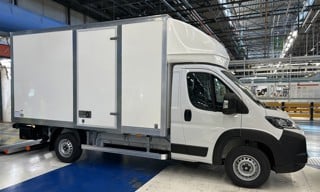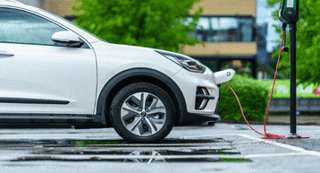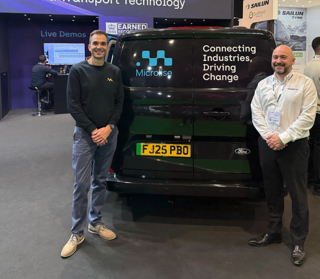By Julie Furber, vice president of electrified power at Cummins
There have been many comments in these pages, on the importance of electrification – a deeply encouraging sign of the commitment, from various players in the industry, to reducing transport carbon emissions.
Just recently, articles such as Tim Watts’s piece on how SMEs can contribute to the Road to Zero target and Matthew Walter’s list of considerations when taking a fleet electric have shown that there is a growing pressure from industry to mobilise and activate our climate-focused efforts.
I believe that fleet owners and managers can play a critical role in these efforts – and that by dialling up the volume of their voice in the conversation, we can help ensure that the encouraging moves we have seen from both industry and policy-makers continue to come.
Recently, for instance, the Mayor of London announced a significant new policy initiative designed to engender an ‘electric revolution in the capital’s transport’, committing to a major expansion of the charging network and expanding electric car clubs, amongst other ideas.

However, while we should be proud of the progress which is being made, there is still much work to be done.
For me, one of the most significant areas for improvement is in how wider industry considers the role of commercial vehicles.
While the lion’s share – 55% - of transport emissions come from passenger cars, 35% are from light duty vehicles, heavy goods vehicles, and buses.
Whereas persuading a personal car owner to switch to an electric vehicle (EV) takes a single internal combustion engine (ICE) off the road, a fleet manager or transport administrator making the same decision can make a much larger impact on the overall vehicle mix.
Perhaps most promisingly of all, it is the commercial vehicle sector which has most successfully driven EV momentum so far.
Electric buses, for instance, constitute the fastest-growing part of the EV market – with a compound annual growth rate of more than 100% since 2013. Clearly there is huge potential here, if we can master the factors that make electrification viable in this space.
There is no single change which will redirect the flow of commercial vehicle purchasing towards low-emissions solutions; as with passenger vehicles, the challenge is complex and multivariate.

At a high level, four criteria must be met in order to enable change:
Technological maturity must reach a point that low-emissions vehicles meet business needs as well as or better than ICE-powered offerings.
The economic reality must be that the vehicles’ cost does not disrupt the broader business model.
The shift to electric must make sense for a fleet manager, for instance regulatory surety must be in place to assure businesses that their decisions today will remain valid in the future infrastructural capacity must reach a point where the built environment allows for the vehicle’s capabilities to be fully exploited
We are currently at different stages of progress on these factors for different use cases: the current technological reality of batteries, for example, places heavy goods vehicles further from electrification than light duty vehicles, and a mix of power sources will be part of the transport landscape for a long time yet.
Nonetheless, we can look to the passenger car as an example of how, as with the Mayor of London’s policy initiative, a positive feedback loop between moving the needle on these factors and accelerating EV adoption can be generated.
Countries across the world are committing themselves to ever more ambitious decarbonisation timelines – if we are to meet these targets, then collaboration, education, effort, and investment in the commercial vehicle space are all critical. Now is the time for fleet operators to bring their insights and energy to the conversation, and help us bring electrification closer to reality, together.





















Login to comment
Comments
No comments have been made yet.